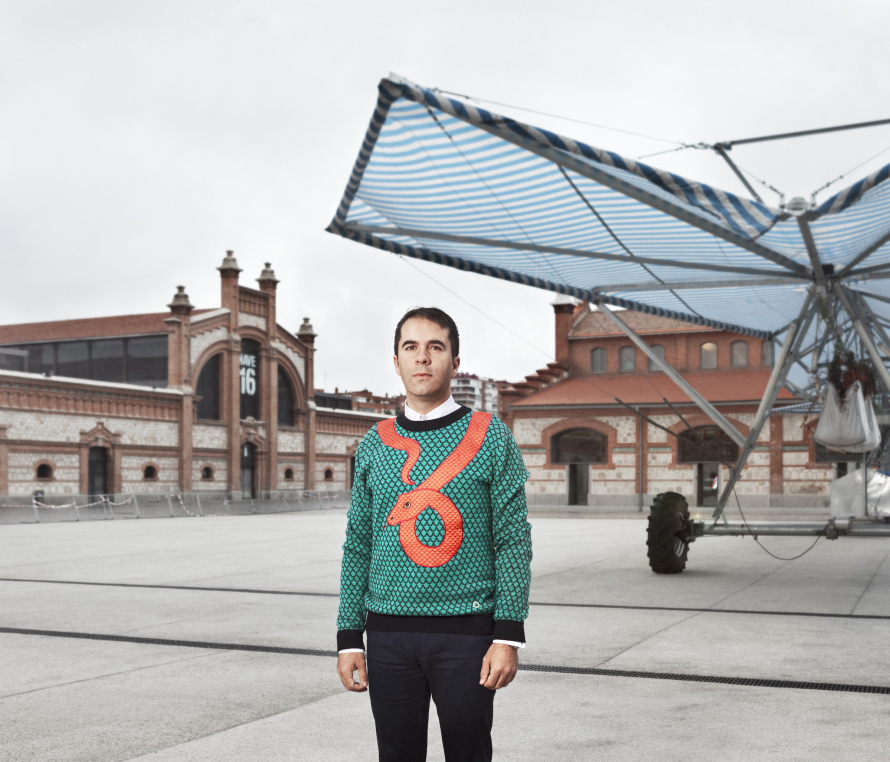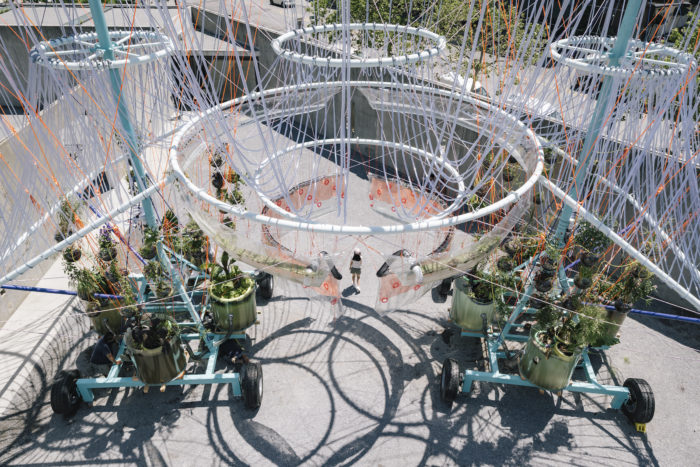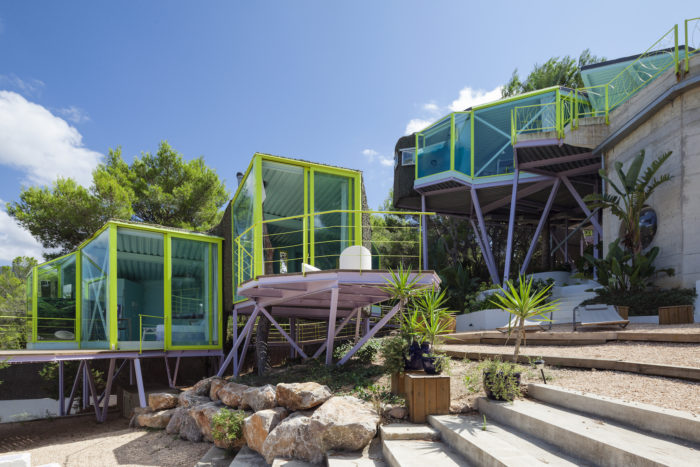
Andrés Jaque, founder of the Madrid-and New York-based Office of Political Innovation, has been questioning the role architects play in addressing the critical issues of our times. He is the recipient of the Frederick Kiesler Prize for Architecture and the Arts (2016) and the Silver Lion of the Venice Architecture Biennial (2014), and his work has been exhibited in and acquired by museums around the world, including New York’s Museum of Modern Art. Here, Jaque—who at press time was just appointed director of Advanced Architectural Design program at Columbia’s Graduate School of Architecture, Planning and Preservation—speaks with Cultured as he prepared for his curatorial debut as part of this summer’s Manifesta, the nomadic European Biennial of Contemporary Art.

Cathy Leff: How did growing up in Spain during the post-dictatorial era of Francisco Franco influence your work? Andrés Jaque: I was a child during the years of “La Movida,” the counter- cultural movement of the late ‘70s that emerged in the aftermath of Franco. It was an amazing time. I was very aware of the divide in different sectors of society. There was a sort of hedonism in response to the regime’s repression. Artists like Guillermo Pérez Villalta and filmmaker Pedro Almodóvar were pushing the boundaries of art and architecture. They looked to fashion, performance, domesticity, film, furniture, music, design and parties to challenge centralized power and macho structures of the past. Though it felt fun, I knew they seriously addressed political issues and presented alternatives to what was possible.
CL: What was your first activist activity? AJ: While in architecture school, I designed a suit that carried everything I needed to live for a weekend—my pillow, toothbrush, everything. I became my own portable environment and spent a crazy weekend at the beach. I wasn’t really doing it as an artist. Someone heard about it and asked me to do a new version of it, which I called Automatic Fabric and presented in a gallery working with an amazing performer, Alicia Rios. I was trying to make the point that architecture was not about buildings or boxes that contained society, but about the making and shaping society. I wanted to present architecture as a series of players or actors that could bring people together. I was interested in articulating the relationship between architecture, people and the broader culture. This still is my interest.

CL: How do you define yourself professionally? AJ: I am an architect. My practice has four dimensions: architecture; research and writing, which connects me to reality and allows me to explore topics I think crucial; teaching; and what I consider pushing the boundaries of artistic discipline. Architecture is a design problem; I want to show how architecture can serve society. I teach an advanced design studio at Columbia University and “vertical studios,” or option studios, at Princeton. I work with a high degree of freedom; I identify and address relevant political discussions of the moment, exploring the way architecture is playing a role there. At Princeton, I’m looking at the Panama Papers and Paradise Papers and the consequences of offshore economies and how architecture contributes to these concerns. We’re seeking ways to provide alternative solutions that could be more inclusive and consider the victims of these systems. That’s the kind of work I love to do.
CL: What can you tell us about Manifesta? AJ: I am one of four people curating this year’s Manifesta. Our theme is the “Planetary Garden.” Gardens are a metaphor to think about a new world out of the encounter with otherness. Gardens contain all kinds of insects, plants from different places and environments. People spend all day caring for these different botanical species. Architecture is crucial to this care, building green houses, addressing heating and irrigation systems and other environmental issues necessary for gardens to thrive and survive. There are more than 30 artists, thinkers, architects, filmmakers and designers producing works in Palermo’s gardens, museums and other spaces.
CL: What is the one big problem you wish you could solve? AJ: Inequality. While it existed before, we are in a new age, and it’s affecting everyone in different ways. Nothing is more urgent.



